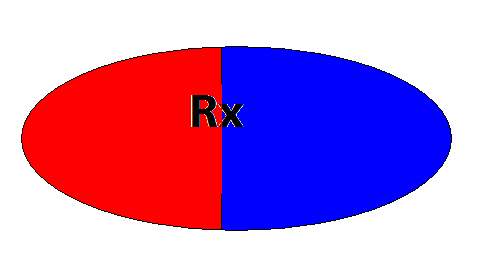

Diagnosis and Treatment
To diagnose adenoviral infection, the virus is first isolated
from body fluids or secretions (via eye swabs, throat swabs, urine, feces, leukocytes,
or cerebrospinal fluid.) These secretions are then examined under the microscope
to look for characteristic cytopathic effects (namely clustering of cells and
intranuclear inclusion bodies.) More specific diagnosis is made from antigen
detecting tests (such as ELISA) or from a polymerase chain reaction (PCR).
There is no vaccine to prevent adenovirus infection, nor is there a cure for
these viruses. There is no effective treatment for adenovirus infections. Ribavirin
or other antiviral medications are sometimes used, but they do not usually have
significant effects. Treatments are generally targeted at the symptoms of adenovirus,
and include oral rehydration, sleep and rest, warm compresses, drugs [acetaminophen
(Tylenol), decongestants, non-steroidal anti-inflammatory drugs, but rarely
aspirin (due to the risk of Reye Syndrome)]. Intravenous antiviral drugs (such
as ribavirin) can be used to treat severe diseases. A new vaccine made by Barr
Laboratories is expected to be released in 2008.